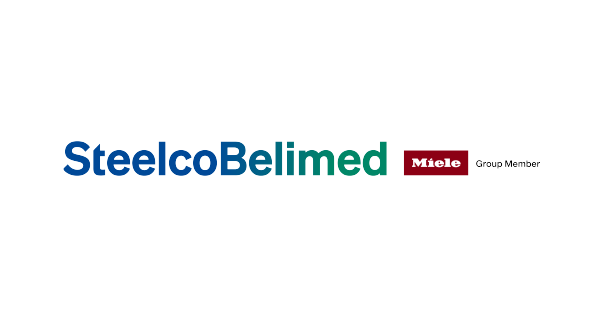Sterilisation Wraps
use and support.

Key Features
-
Effective Sterilisation
Ensures excellent penetration and removal of the sterilising agent for reliable results.
-
Prolonged Sterility
Maintains the sterility of medical devices throughout handling and storage.
-
Aseptic Presentation
Supports clean and controlled opening at the point of use.
-
Easy to Use
Facilitates the efficient wrapping of medical instruments and devices.
Sterilisation Methods
- Steam
- EO
- Formaldehyde
- Irradiation
- H202
Our Technologies
Material Type | Composition | Description |
|---|---|---|
| Crepe Paper | Cellulose fibers | Designed for wrapping medical devices requiring terminal sterilisation. |
| Wetlaid Nonwovens | Cellulose + synthetic fibers | Softer and stronger cellulose-based material with 70% cellulose 20% synthetic binder and 10% PET fibers. Designed for excellent sterility maintenance with added strength and softness. Available in two colors and three weights with micrexed finish for improved drape and comfort. |
| SMS. | Synthetic fibers | Designed for sterilisation of medical devices. |
FAQs
- Sterilisation Wraps are single-use materials designed to prevent microorganisms (such as bacteria, viruses, and spores) from contaminating tray contents. They offer effective sterilisation, physical protection, and maintain sterility until the point of use.
What are Sterilisation Wraps?
- No, theses Sterilisation Wraps are single-use only. They are designed for one-time use to ensure that medical instruments and devices remain sterile until they are used.
Are Sterilisation Wraps reusable
- These type of materials are used are; Crepe Paper, Wetlaid Nonwovens and SMS (Spunbond Meltblown Spunbond).
What types of materials are used in the Sterilisation wraps?
- Yes, the sterilisation wraps are designed to be used for terminally sterilised medical devices. They also serve as filters for containers, overwraps for Custom Procedure Trays (CPT), and tray liners for moisture absorption and protection.









